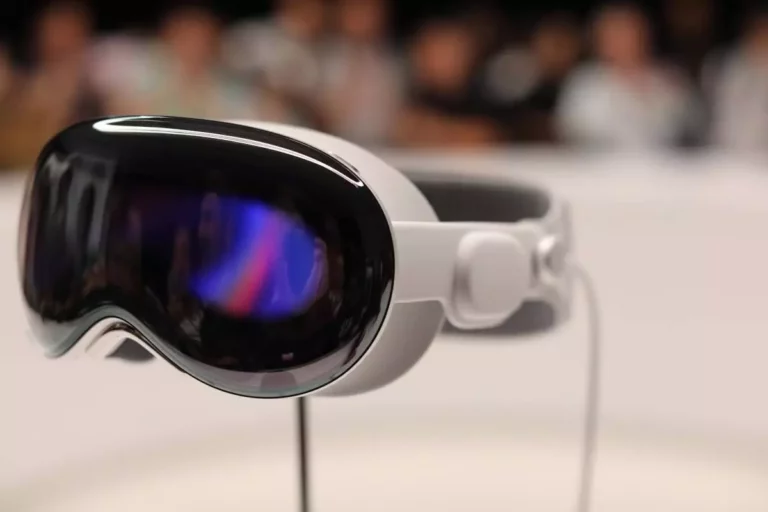Apple’s foray into the realm of augmented reality has always been one steeped in innovation and aspiration. With the introduction of the Apple Vision Pro, the tech giant has made significant strides towards what it terms “spatial computing.” This forward-thinking approach blends the physical and digital worlds, allowing users to interact with content in a more immersive way than ever before. Scheduled to receive an operating system update—visionOS 2.4—Apple Intelligence, the company’s generative AI platform, will mark a substantial enhancement in user interaction and workflow management.
As confirmed by Apple, the generative AI capabilities will become available with the visionOS 2.4 update, currently in its beta phase for developers. The anticipated public release in April is poised to provide users with tools that can streamline workflows significantly. Users will benefit from features like “Rewrite,” “Proofread,” and “Summarize,” which are aimed at making tasks like text generation more efficient, thus integrating seamlessly into various workflows. This integration not only emphasizes the potential of the headset to elevate everyday productivity but also reaffirms Apple’s commitment to enhancing user experience across its devices.
What sets the Vision Pro apart from previous iterations of extended reality devices is Apple’s unique branding of it as a spatial computing device. While other headsets predominantly focus on gaming or entertainment, Apple aims to redefine how users interact with digital content by positioning the Vision Pro as an extension of traditional desktop computing environments. This conceptual shift is essential; it seeks to alter perceptions about headsets, transforming them from mere entertainment devices into essential tools for productivity and creativity.
While the Vision Pro presents promising capabilities, certain aspects, particularly text input, remain cumbersome. Currently, the primary typing method necessitates users to focus on individual letters before selecting them using a pinch gesture—an innovative yet tedious approach for anything beyond short entries. To mitigate this issue, Apple’s voice dictation technology, bolstered by an AI-enhanced Siri, aims to provide an efficient alternative for text input. However, this feature’s success hinges on its reliability and responsiveness, critical factors that will ultimately determine user adoption.
Apple’s bet on combining voice dictation with generative AI functionality is a strategic move designed to promote the Vision Pro’s utility. Features such as “Message Summaries” and “Smart Reply” are crucial for maintaining fluidity across tasks without disrupting the user’s current activity. By implementing these enhancements, Apple not only enriches the user experience but establishes Vision Pro as a versatile tool for daily tasks, potentially increasing its footprint in both professional and casual environments.
Additionally, the incorporation of the “Image Playground” feature serves to bridge the gap between visual creativity and spatial computing. This function allows users to generate images by simply providing verbal prompts within the visionOS Photos app. This enhancement not only empowers users to express their creativity but also integrates a level of convenience that aligns with the demands of modern digital interaction. Again, it highlights Apple’s strategy of unifying its features across platforms—having introduced similar tools on iOS and macOS, thus ensuring a consistent user experience.
Complementing the Vision Pro experience, the introduction of a Vision Pro iPhone app marks another cog in Apple’s carefully orchestrated ecosystem. This app enables users to browse visionOS content, including TV shows and movies, and conveniently transfers this content onto the headset. This solution caters to practical issues, such as comfort and battery life, allowing users to select content from the familiar interface of an iPhone. Furthermore, by offering features like guest account management, Apple addresses privacy and accessibility concerns—an often-overlooked but critical aspect of shared technology.
With the impending launch of visionOS 2.4 and its corresponding features, the integration of Apple Intelligence signifies a pioneering step forward for the Vision Pro. As Apple strives to establish itself at the forefront of spatial computing, it remains crucial that the company balances innovation with usability. As users adopt these technologies, Apple must continue to refine its offerings to ensure that the Vision Pro fulfills its promise of transforming how we engage with both work and play. In many ways, the future of spatial computing hinges on Apple’s ability to not only deliver groundbreaking features but also to resolve the practical challenges that accompany new technological paradigms.


Leave a Reply